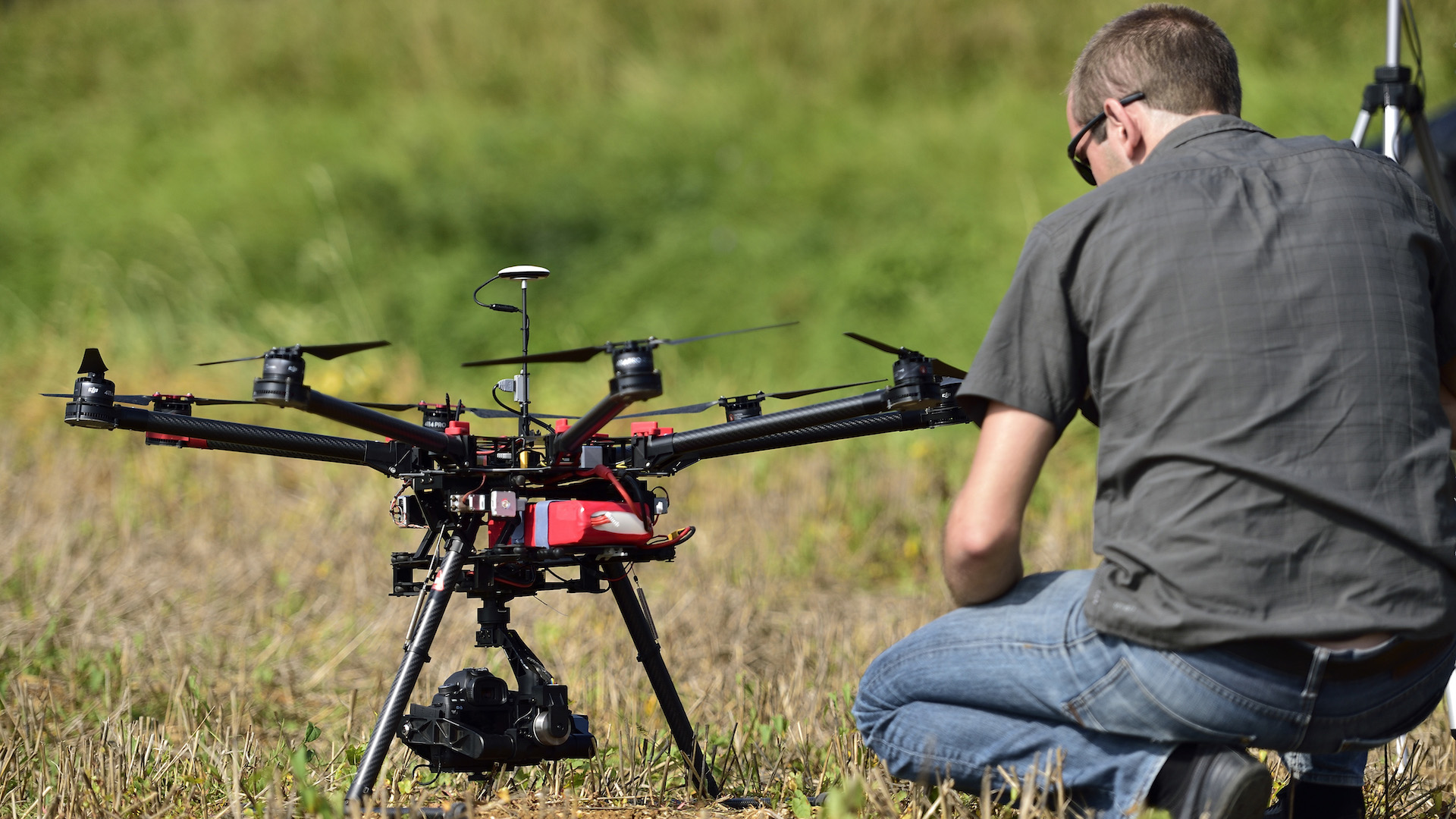

Professional drone pilots who get paid to capture aerial imagery or other data for clients are currently in the middle of an existential crisis, according to a report by Bloomberg. As corporations are liberated of certain airspace restrictions, while small businesses and entrepreneurs remain governed by hampering rules, the demand for trained manual drone pilots is threatening to become near non-existent.
Andy Trench, for example, reportedly made a couple thousand dollars per day back in 2015 when taking high-altitude aerial photographs was still a special, novel occupation and activity for someone to have. In a mere three years, a standard $2,000 per day has been reduced to around $175. Those are alarm bells ringing violently around the room, if you’re Trench.
“It’s apparent that a lot of this industry is a race to the bottom,” he said.
The year 2015, of course, was a significant demarcating time in history when it comes to U.S. airspace and a legislative push to more fully implement commercial UAV traffic into our skies. When big business enters the picture, the little guy is most directly affected. In this case, that’s Trench, who’s been losing customers to the autonomous, commercial alternative to his manually piloted services. On top of all this, when the Department of Transportation allows big tech companies like Apple to override nighttime, beyond visual line-of-sight (BVLOS), and above crowd flights—but leaves citizens with businesses like Trench to deal with the distance and 400-foot altitude limitations, there’s a discrepancy that inevitably presents itself in a tangible loss of profit.
According to Bloomberg, drones have been maximizing the inspection industry so efficiently that companies have reportedly eliminated 25 percent of their labor costs. If an automated robot can do it, why hire a human? Just a few short years ago, this was a position filled by helicopter pilots, and then transitioned to trained drone pilots. Like many American jobs, the market is being encroached upon by automated machines. Of course, not every CEO believes in replacing hard-working people with the technology de jour.
“Having a highly skilled pilot at the controls is important when you’re inspecting a $15 million wind turbine or you’re flying over a newly commissioned solar farm,” said Brandon Declet, CEO of Measure, an aerial data provider. “No one wants to take any risks when it comes to aircraft falling or crashing into critical infrastructure.”
Hopefully, these are all mere signs of a nascent industry still evolving, and yet to find its homeostasis between well-funded, corporate entities, and a fertile job market for hard-working, drone-savvy entrepreneurs with small businesses. If FAA projections are right, we’ll have about 300,000 additional drones in the sky by 2022, offering a much clearer picture of who’s piloting them.